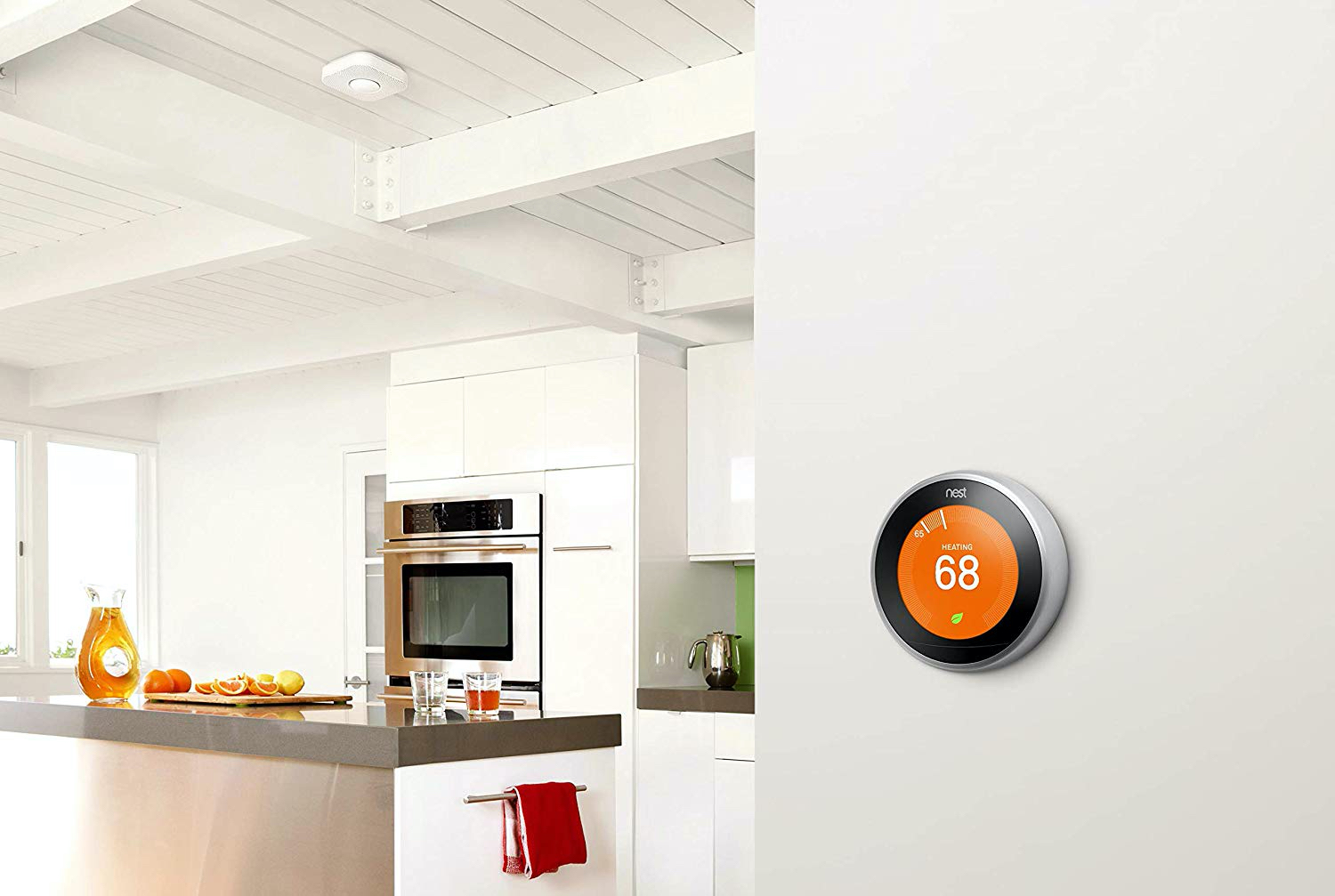Check Best Thermostat Pricing in Amazon
** As an Amazon Associate, I earn from qualifying purchases.
No, you cannot use the Nest Temperature Sensor without a Nest Thermostat. The Nest Temperature Sensor is designed to work in conjunction with a compatible Nest Thermostat to provide additional temperature readings and help regulate the temperature in specific rooms. It requires the Nest Thermostat as the central control unit.
Understanding the Nest Temperature Sensor
The Nest Temperature Sensor is a small, wireless puck-shaped device developed by Nest Labs, now owned by Google. It is designed to work in conjunction with compatible Nest Thermostats, such as the Nest Thermostat E and the third-generation Nest Learning Thermostat. The sensor communicates with the thermostat via Bluetooth, allowing it to relay temperature information and help regulate the HVAC system in your home.
Using the Nest Temperature Sensor with a Nest Thermostat
To fully utilize the capabilities of the Nest Temperature Sensor, it is essential to have a compatible Nest Thermostat. These thermostats are equipped with advanced features that allow for precise temperature control and energy savings. When paired with the Nest Temperature Sensor, the thermostat can take into account the temperature readings from multiple sensors throughout your home, providing a more accurate and customized heating and cooling experience.
Benefits of Using the Nest Temperature Sensor
By incorporating the Nest Temperature Sensor into your home’s HVAC system, you can enjoy several benefits, including:
1. Enhanced Comfort
One of the primary advantages of using the Nest Temperature Sensor is the ability to achieve optimal comfort in specific rooms or areas of your home. Instead of relying solely on the temperature reading at the thermostat, the sensor allows you to prioritize certain rooms and adjust the temperature accordingly. This ensures that you can create a comfortable living environment tailored to your preferences.
2. Energy Efficiency
Another significant benefit of using the Nest Temperature Sensor is increased energy efficiency. By monitoring the temperature in different rooms, the Nest Thermostat can make more informed decisions about when and where to heat or cool your home. This targeted approach to temperature regulation helps to minimize energy wastage and reduce utility costs.
Check Best Thermostat Pricing in Amazon
** As an Amazon Associate, I earn from qualifying purchases.
3. Flexibility in Sensor Placement
The Nest Temperature Sensor is designed for easy installation and can be placed on a shelf or mounted on a wall. This flexibility allows you to position the sensors strategically in the rooms or areas where temperature control is most critical. Whether you want to ensure your bedroom is cozy at night or keep your living room cool during the day, the Nest Temperature Sensor gives you the freedom to customize your comfort.
4. Seamless Integration with Nest Apps
The Nest Temperature Sensor seamlessly integrates with the Nest app, providing a user-friendly interface for managing your home’s temperature. Through the app, you can name each sensor according to the room it is placed in, set schedules for temperature adjustments, and monitor the readings from multiple sensors simultaneously. This centralized control makes it easy to optimize your home’s comfort and energy efficiency.
Using the Nest Temperature Sensor Without a Thermostat
While the Nest Temperature Sensor is designed to work in conjunction with a compatible Nest Thermostat, it is not possible to use the sensor as a standalone device. The sensor relies on the thermostat’s advanced features and connectivity to regulate the HVAC system effectively. Therefore, to fully utilize the benefits of the Nest Temperature Sensor, it is essential to have a Nest Thermostat installed in your home.
Conclusion
In conclusion, the Nest Temperature Sensor is a powerful tool for improving the comfort and energy efficiency of your home. While it cannot be used without a compatible Nest Thermostat, the sensor’s integration with the thermostat allows for precise temperature control in specific rooms or areas. By strategically placing the sensors and utilizing the features of the Nest app, homeowners can customize their comfort and reduce energy wastage. Whether you already have a Nest Thermostat or are considering investing in one, incorporating the Nest Temperature Sensor can take your smart home experience to the next level.
Check Best Thermostat Pricing in Amazon
** As an Amazon Associate, I earn from qualifying purchases.


